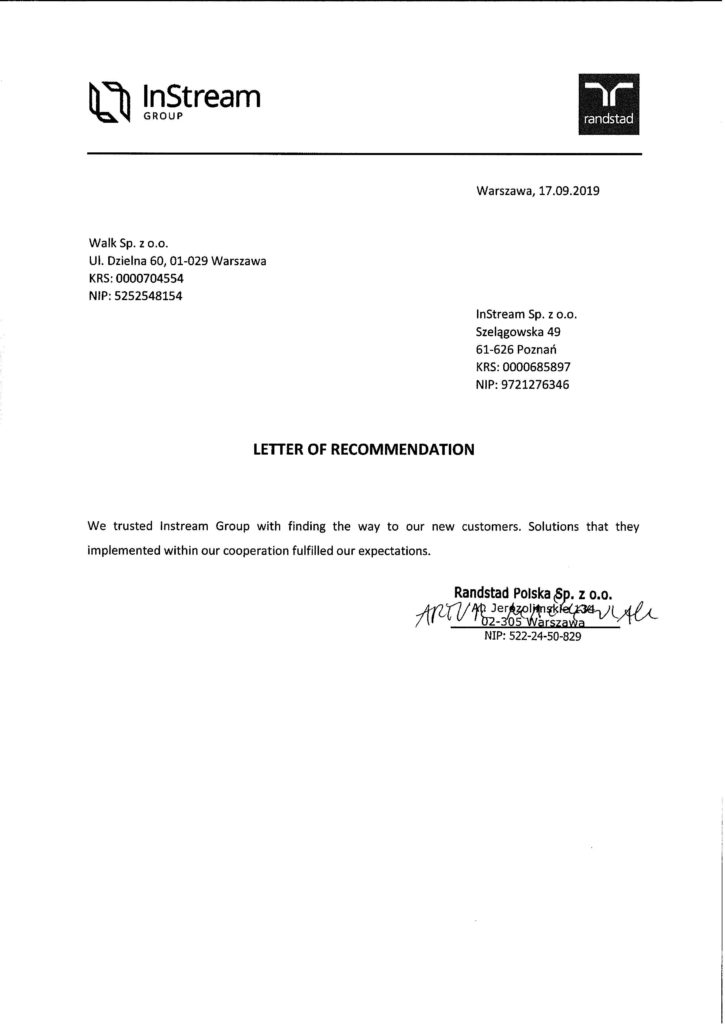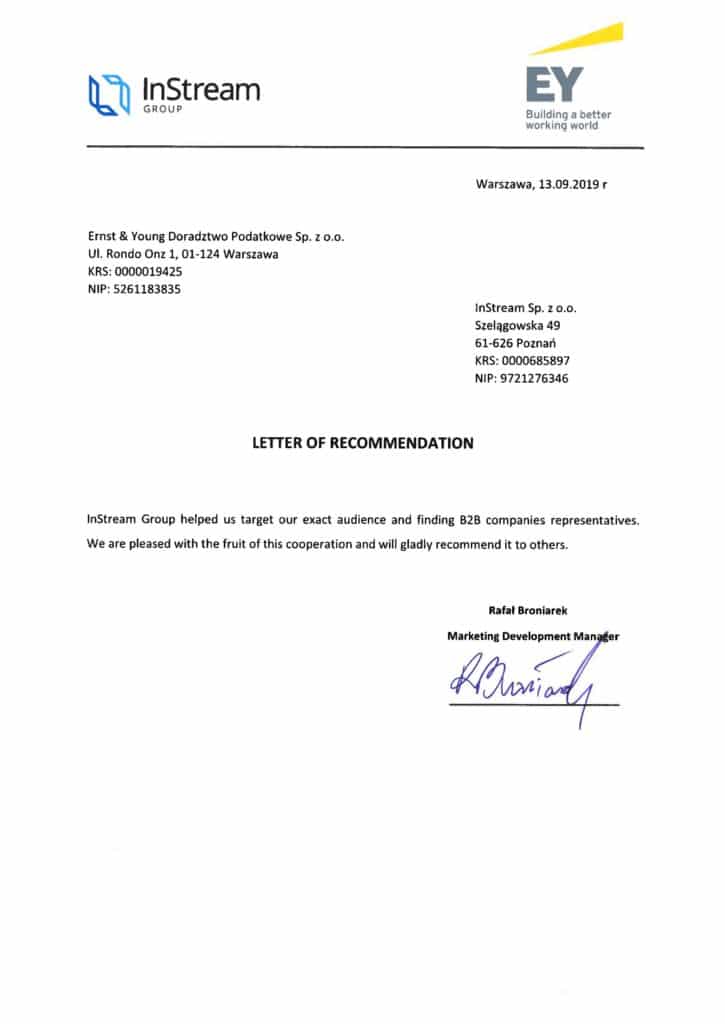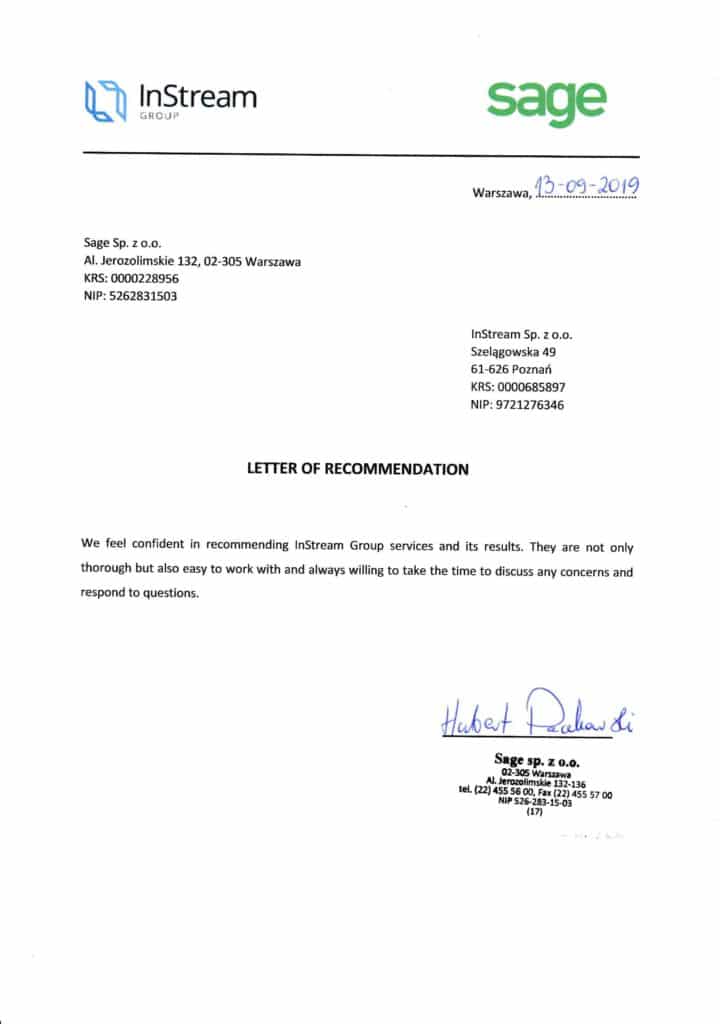An indispensable duty of an effective sales department is to ensure that a process is in place to measure, analyze and plan the results and activities. It constitutes the foundation and allows for proper sales funnel management and measurement of salesmen’s effectiveness. A well-designed sales process also ensures effectiveness in converting the acquired leads into satisfied customers. In an efficient sales department, the manager is able to measure the sales funnel’s potential of a given salesman, assess the effectiveness of a given employee and make sure that he or she has enough leads to complete the plan.
Sales culture, or where to begin
The process itself is one of the three key elements of the Sales Culture. It can be further divided into three aspects.
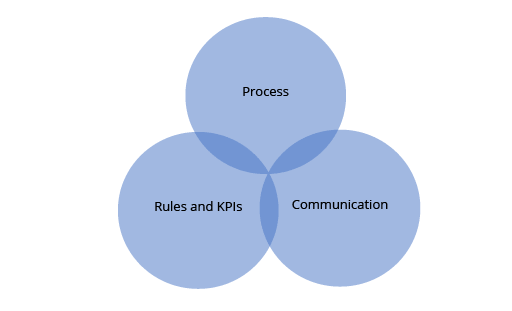
Sales culture is a term that encompasses several elements that every sales department should have. It consists of a well-designed sales process, commercial communication (which is directly linked to the designed process), appropriate working rules and the following of the KPIs. Based on these three elements, you can build a solid foundation that will allow you to further develop and scale the team.
Sales funnel planning
The first step in designing a sales process is to define the key stages of it. This process is often referred to as the “Sales Funnel”, a term inspired by the graphic presentation of the sales process.
The sales funnel presented below is a sample design with basic stages of the sales process.
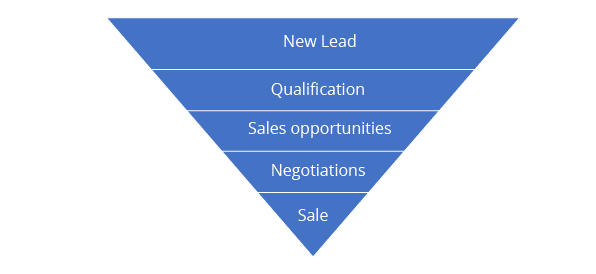
Design of the sales process in detail
Having the key elements clearly defined you can proceed to a more extensive process analysis. Each of these elements is a very important stage in the process that involves the participation of both the salesman and the customer. A well designed sales process allows you to:
- Prepare appropriate actions needed to keep the customer in the sales process;
- Prepare appropriate commercial communication that will allow for effective sales;
- Monitor leads and sales opportunities within the process and evaluate the results;
- Supervise the quality of the salesman’s work.
Let’s start building the sales process by designing a scheme.
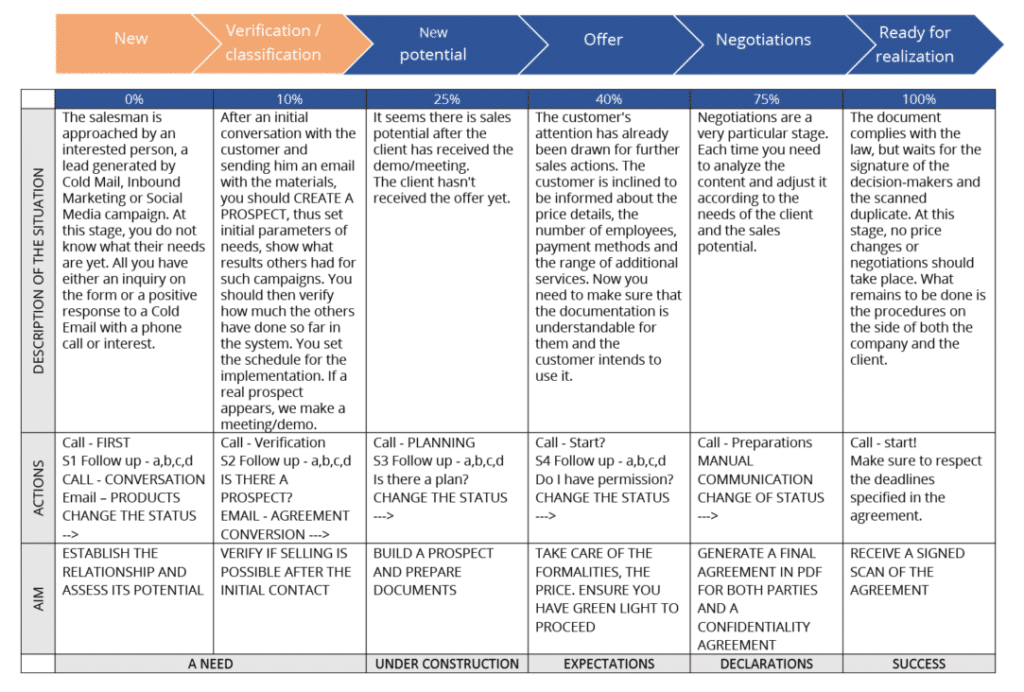
For this purpose, a simple A4 sheet or a Word document is enough. You need to create a table that will be used to define the individual steps.
First, define the names of the stages according to the previously prepared sales funnel. In the presented diagram, they differ in colour. Some of them are orange and some are blue. This is due to the fact that in the sales process, just like in the funnel, there is always a decisive moment that clearly divides the funnel into two parts. This is the moment to qualify the lead and assess whether it will become a sales opportunity.
Therefore, first of all you should define the steps of your sales process. These are: New Lead, Verification, New Potential, Offer, Negotiations, Sales.
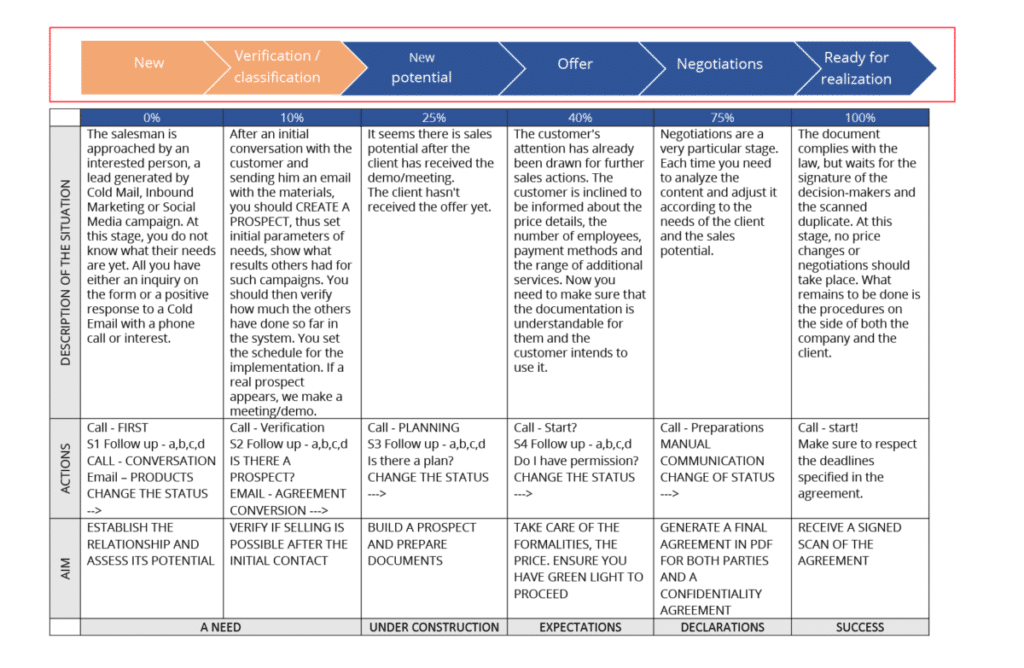
Having properly defined elements you can design more insightful actions. Start from the first stage, the New Lead. It is necessary to define a description of the situation and what actions should be taken by the salesman at this stage.
Analyze the information you have about a potential customer and what information you should still try to collect at this stage.
In the next section of our table you should specify the action that your sales representative should take. At this stage define whether it is a phone call or an email. For both, you should design an appropriate script.
Phone calls or email scripts are often a source of controversy in the sales department. It is important to realize that the role of scripts is not to force automatic behavior on salespeople, but only to standardize sales knowledge, improve the quality of conversations and set communication standards.
In the next section you should also think of Follow-up actions. They should be taken in situations in which the client did not answer the phone or respond to the email. It is necessary to plan how many actions are needed to eventually lead to a phone call and what form should they take.
In the last part you specify the aim of a given stage. In the case of the New Lead stage, it is, of course, establishing contact and presenting the company’s offer by a phone call and determining the next steps with the customer.
The process presented here is divided only in 3 columns: Description of the situation, Action and Aim. However, in case of more advanced sales processes, fields such as Scripts, CRM Rules, Conversion Conditions, Materials, KPIs, Customer Path and many others are added. The scope of actions depends on how important is the analysis and management of the sales process in your company.
In the following stages, you need to complete all fields as in the case of the New Lead stage. You need to plan situations, prepare appropriate scripts, email and follow-up templates. Thanks to that not only do you create the sales process itself, but also communication resulting from it. This brings you closer to having a proper sales culture in the company.
While developing the sales process, it is also worthwhile to focus on the probability of sales realization. For this purpose, you can plan the estimated % of sales closures as shown in the diagram.
Thanks to this, you can better forecast the sales potential and final results of your department in a given month.
Improving communication methods
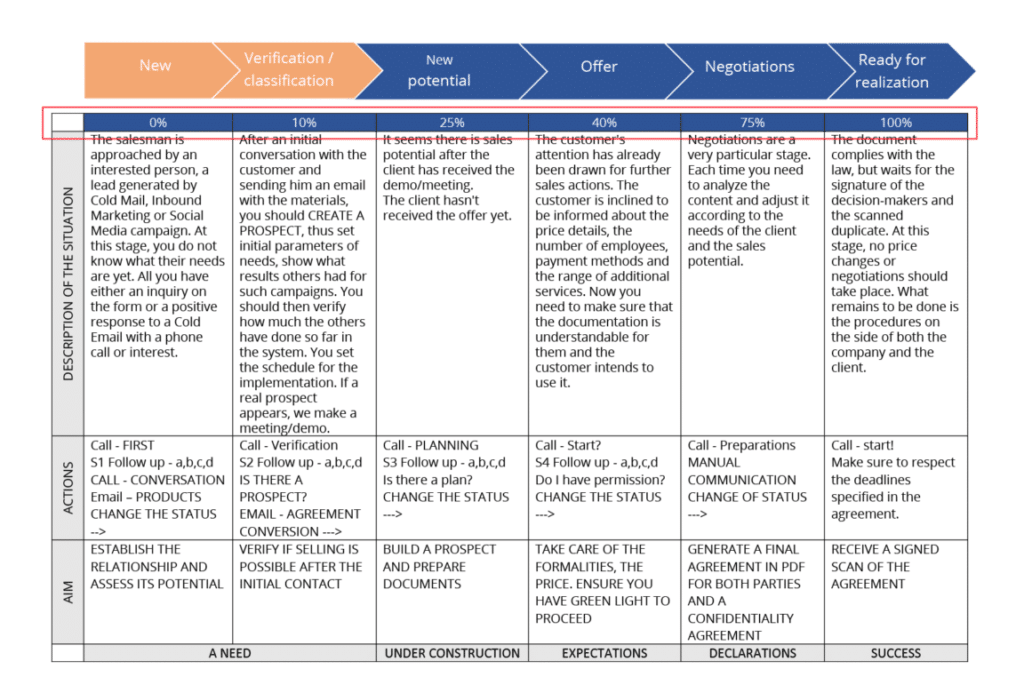
While preparing the sales process, it is worthwhile to exercise the following skills together with your team:
- Overcoming objections – an exercise consisting in determining the most common customer objections and preparing a strategy to overcome them.
- Dispelling doubts – exercise consisting of a defining of fears that the customer most often does not express, yet that may appear in the customer’s mind and which thus affect their purchasing decisions.
- Negotiation – an exercise that will be described in the following articles. It consists in building a negotiation strategy, which protects against the practice of conferring discounts too often.
The sales process presented above can be easily implemented in the CRM system. Producers of CRM systems have designed them in such a way as to visually present the key stages of the process. Implementing the process into the system, synchronizing it with the developed commercial communication created as a result of the sales process and designing the objectives, conversion conditions and KPIs results in the fact that, as an organization, you gain the right Sales Culture.

